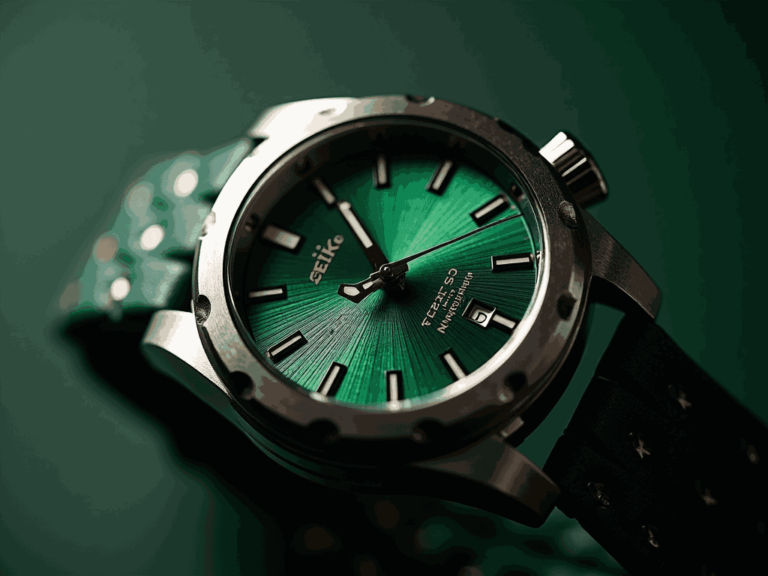Dolce & Gabbana, one of the most iconic luxury fashion brands, has recently found itself in a peculiar financial situation. Despite experiencing revenue growth, the company’s losses have deepened, raising concerns among investors and industry analysts. This article delves into the reasons behind this paradox and what it means for the future of the brand.
Table of Contents
Revenue Growth vs. Increasing Losses
At first glance, it might seem counterintuitive that a company could see its revenues increase while simultaneously experiencing deeper losses. However, this scenario is not uncommon in the luxury retail sector, where high operational costs, intense competition, and changing consumer behaviors can significantly impact profitability.
In the case of Dolce & Gabbana, the revenue growth can be attributed to several factors, including:
- Expanded Product Lines: The brand has diversified its offerings to include a wider range of products, from high-end clothing and accessories to beauty and home goods. This diversification has helped attract a broader customer base and increase overall sales.
- Global Market Presence: Dolce & Gabbana has strengthened its global footprint through strategic expansions into new markets, particularly in Asia and the Middle East. These regions have shown significant growth potential for luxury brands.
- Digital Transformation: The company has invested heavily in its e-commerce platform, enhancing the online shopping experience and making its products more accessible to a global audience. This digital push has contributed to the revenue increase.
Why Are Losses Deepening?
Despite the revenue growth, Dolce & Gabbana’s losses have deepened due to several underlying factors:
- High Operational Costs: The luxury retail sector is known for its high operational costs, including expensive raw materials, labor costs, and marketing expenditures. These costs can be particularly burdensome for brands that maintain a high level of quality and exclusivity.
- Investments in Retail and Beauty: Dolce & Gabbana has made significant investments in its retail and beauty segments, which, while promising, have not yet yielded the expected returns. These investments include new store openings, product development, and marketing campaigns.
- Changing Consumer Preferences: The luxury market is highly susceptible to changes in consumer preferences and trends. As consumers increasingly prioritize sustainability and ethical practices, brands like Dolce & Gabbana must adapt quickly to remain relevant, which can be costly.
- Competition and Market Saturation: The luxury fashion market is highly competitive, with numerous brands vying for market share. This competition can lead to price wars and increased marketing expenses, further eroding profit margins.
The Impact of Economic Uncertainty
The current economic climate also plays a significant role in Dolce & Gabbana’s financial struggles. Economic uncertainties, such as rising inflation and potential recessions, can affect consumer spending habits, particularly in the luxury sector where purchases are often discretionary.
Key economic factors influencing the brand’s performance include:
- Rising Inflation: Inflation can reduce consumer purchasing power, leading to decreased demand for luxury goods. As prices rise, consumers may opt for more affordable alternatives or delay non-essential purchases.
- Global Economic Slowdown: A global economic slowdown can impact consumer confidence and spending habits. Luxury brands are often the first to feel the effects of an economic downturn as consumers cut back on discretionary spending.
- Geopolitical Tensions: Geopolitical tensions and trade disputes can disrupt supply chains and increase costs, further straining the financial health of luxury brands.
Strategic Initiatives to Mitigate Losses
To address the deepening losses, Dolce & Gabbana is likely to implement several strategic initiatives:
- Cost Optimization: The brand may focus on reducing operational costs without compromising on quality. This could involve streamlining production processes, renegotiating supplier contracts, and optimizing marketing budgets.
- Product Line Refinement: Dolce & Gabbana might refine its product lines to better align with current consumer trends and preferences. This could include introducing more sustainable and ethical products to appeal to the growing number of conscious consumers.
- Digital Innovation: Continuing to invest in digital transformation can help the brand reach a wider audience and improve customer engagement. This includes enhancing the e-commerce platform, leveraging social media, and implementing data analytics to better understand consumer behavior.
- Partnerships and Collaborations: Collaborating with other brands, influencers, or artists can help Dolce & Gabbana stay relevant and attract new customers. Such partnerships can also lead to innovative products and marketing campaigns that resonate with a broader audience.
Conclusion
Dolce & Gabbana’s situation highlights the complexities and challenges faced by luxury brands in today’s dynamic market. While revenue growth is a positive indicator, it is crucial for the brand to address the underlying factors contributing to its deepening losses. By implementing strategic initiatives aimed at cost optimization, product refinement, digital innovation, and strategic partnerships, Dolce & Gabbana can navigate these challenges and position itself for long-term success.
As the luxury retail landscape continues to evolve, brands must remain agile and responsive to changing consumer preferences and economic conditions. For Dolce & Gabbana, the path forward will require a delicate balance between maintaining its luxury status and adapting to the realities of a rapidly changing market.





